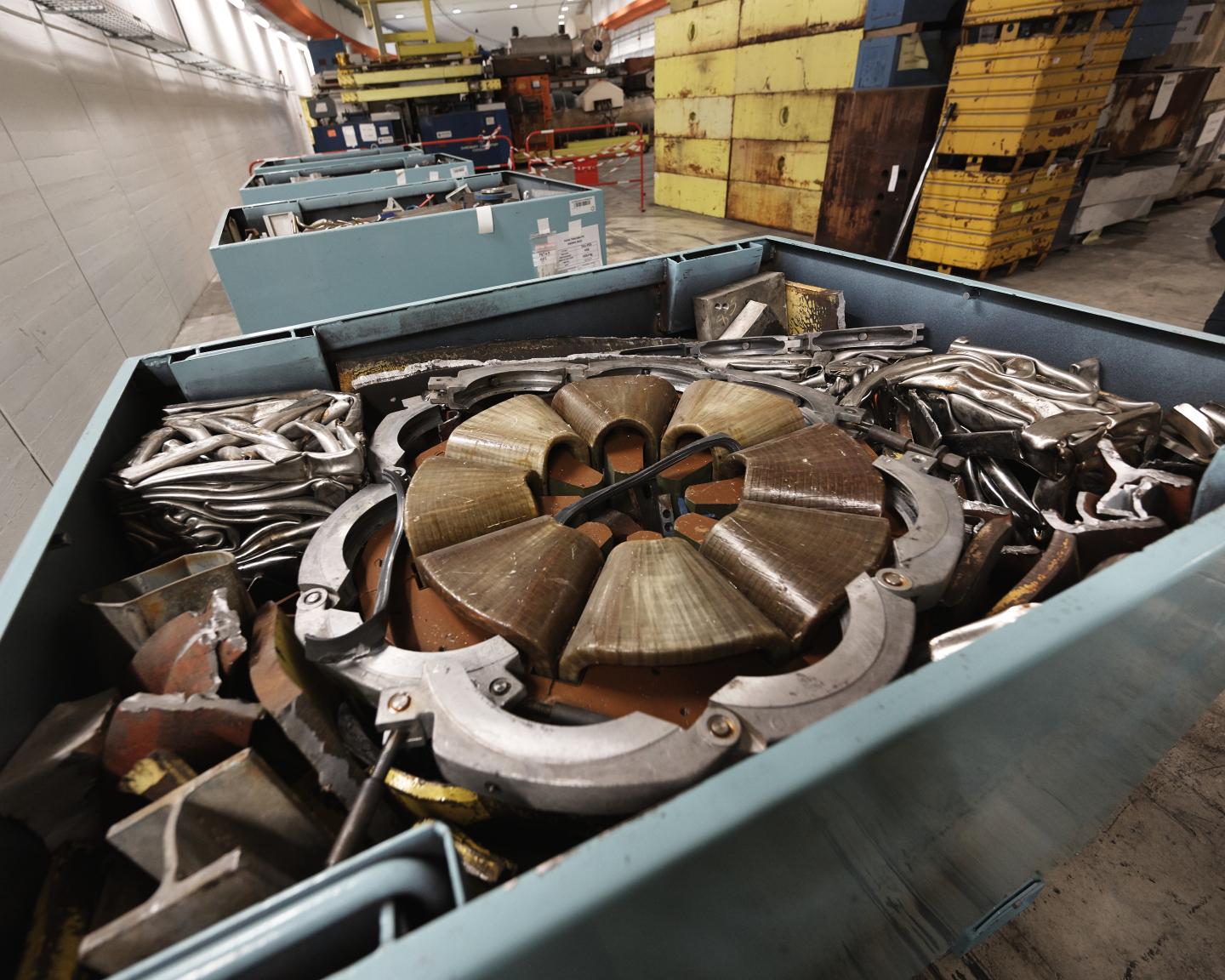Devices, systems and methods for keeping people safe at one of the world’s most complex, large-scale research infrastructures.
CERN's Know-How
- Decades of experience protecting the Health & Safety (H&S) of personnel and visitors in varied hazardous and/or inaccessible operational environments
- Development of unique robotics technologies for remote intervention and monitoring
- Development of advanced sensors and radiation monitors for protection of personnel
Facts & Figures
- 7 TeV: Energy in one LHC particle beam – equivalent to an F16 airplane at supersonic speed
- c.7000: Number of workers in radiation areas at CERN
- 13,500: Estimated number of visitors per year to the CERN sites
- 13,000 Amps: Electrical current capable of going through one of the connections between CERN’s superconducting magnets
Value Proposition
Read more about Health, Safety and Environement Safety here.
Key Competences
Industrial controls for distributed safety systems
Expertise in the design and implementation of industrial control systems for highly complex environments, with high safety level requirements, incorporating multi-vendor devices. CERN solutions provide supervision and control layers for highly complex heterogeneous device control applications.
Machine and room interlock systems
Interlocks are a vital part of the machine protection and room access systems at CERN and need to operate in a very reliable manner, as their failure can potentially lead to significant risk to machines and personnel. Interlocks developed by CERN experts are deployed CERN-wide.
Air monitoring and pressure cascades
Accelerator installations need continuous ventilation and air renewal in order to reduce risks related to fire, smoke, radiation and gas. This is secured by a complex system that ensures, monitors and controls pressure differences across tunnels and caverns.
Key Applications
Maintain the safety integrity of critical systems:
Safety Status is digital tool for enabling critical systems to be monitored for their efficiency over time, helping to maintain the safety integrity level of these systems across an infrastructure (Radiological, Magnetic, Electrical, Fire, Oxygen Deficiency, Gas).
Robotic inspection platform
Train Inspection Monorail (TIM) is a unique modular, extensible, robotic platform capable to accomplish autonomously a variety of different missions. Including regular inspections, safety tasks, monitoring, complex interventions and others.
Remote health detection and monitoring
MARCHESE (Machine leArning based human ReCognition and HEalth monitoring SystEm) is a project to develop an inexpensive, lightweight and portable device to recognise human beings and monitor at a distance health parameters (such as temperature and respiration rate). The system uses AI technologies, thermal cameras and radars.
Flame and spark detector
The CERN Flame Detector is a UV flame detector with a sensitivity much higher than the best commercial sensors. It is based on a wire- or GEM-type amplification structure and can detect various flames and sparks in direct sunlight conditions. Combined with compact pulse UV sources, it can also detect smoke and dangerous gases.
Robust, long distance environment sensors
Radiation, temperature, humidity and strain sensors are important to monitor challenging environments, such as those in the LHC. Conventional fibre optic systems are discretely distributed and not radiation hard. CERN’s distributed optical fibre know how can help create cost-effective, long distance, robust monitoring systems.
Radon Dose Monitor (RaDoM)
Radon is a radioactive, colourless and odourless gas. It is an inert gas but poses a risk to health when it accumulates in buildings. Radon is the second cause of lung cancer deaths, after smoking. RaDoM is a radon monitor device that provides both a measurement of the radon concentration in air, and a direct estimate of the effective dose.
SCADA system for environmental monitoring
REMUS is a Supervision, Control and Data Acquisition system (SCADA), able to monitor and control organisations’ impact on their environment. REMUS took advantage of more than 30 years of experience providing safety systems to CERN.
Software for Radioactive Waste Management
Radioactive waste minimisation is applied during design, operation and decommissioning of CERN’s accelerators and experiments. Actiwiz is a simulation software to manage nuclear waste and activated materials, fulfilling regulatory & clearance requirements in a cost effective way.

